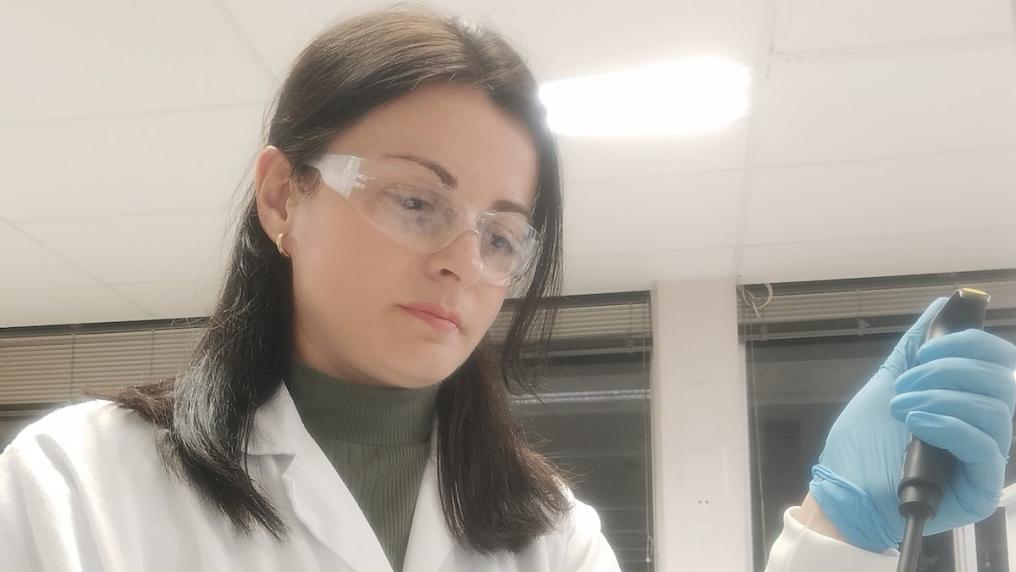Milking it: New research into A1 & A2 milk

Victoria University has published new research on the differences in the molecular structure of A1 and A2 milk proteins to reveal the benefits and the drawbacks of these types of milks on the body.
When it comes to determining health advantages, few dairy products create as much controversy as the comparison between A1 and A2 milk.
Both types of milk come from a range of different breeds; A1 from mostly Holstein, Fresian and British Shorthair, and A2 mainly from Charolais, Limousin and Jersey breeds.
The milk that we buy at the supermarket has two genetic types of proteins also known as A1 and A2 β-casein.
Popular theory suggests that A2 milk is easy to digest and has higher health benefits compared to A1 milk. Previous scientific studies confirmed that small fragments of the A1 β-casein are responsible for several diseases after milk consumption and their absorption in the human gut. These fragments are known as β-casomorphins and can have a different size and the ability to penetrate the tissues and cells.
PhD student Tatijana Markoska and her team worked tirelessly to locate the main differences between these two genotypes and the reason for their activity after digestion.
The team discovered that the chemical structure of the β-casein and β-casomorphins plays a significant role on the level of β-casomorphins in the human gut.
“We have now confirmed that the chemical structure and orientation of β-casein and β-casomorphins from A1 and A2 milk can be the key for the further release of small opioid particles during milk digestion in the human body. This was confirmed in conditions that are crucial for human digestion and milk processing, specifically when the temperature and pH value was adjusted to the gut conditions to monitor how the proteins and peptides (Peptides are short chains of amino acids linked by peptide bonds.) behaved.”
“When A1 and A2 milk proteins are found in the human gut, their chemical structure changes according to the conditions in the human body. Moreover, depending on the structure, the enzymes in the human gut will act selectively in breaking the proteins into a smaller opioid peptide that can have negative impact on human health. Nevertheless, if the chemical structure of the proteins is controlled the undesirable effects on human health can be avoided,”
explains Tatijana.
The team achieved what they set out to do; contribute new findings to the scientific body of work related to the differences between A1 and A2 milk and their impact on the body. These findings have never been reported and can help bring revelatory solutions in milk processing to resolve the long-lasting dilemma.
“This project was the result of and Australian Government Research Training Program scholarship. It was a fantastic team effort and I’m grateful for the project supervision by Professor Todor Vasiljevic (VU) and Professor Thom Huppertz (Wageningen University),”
said Tatijana.



